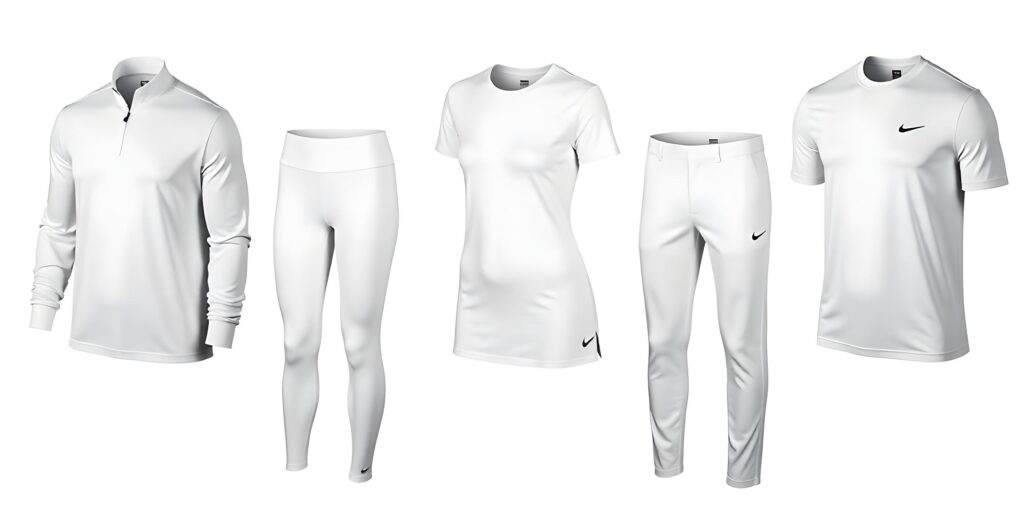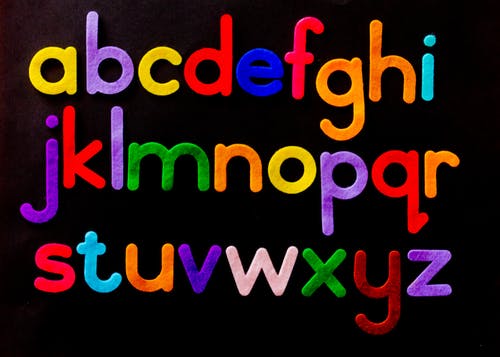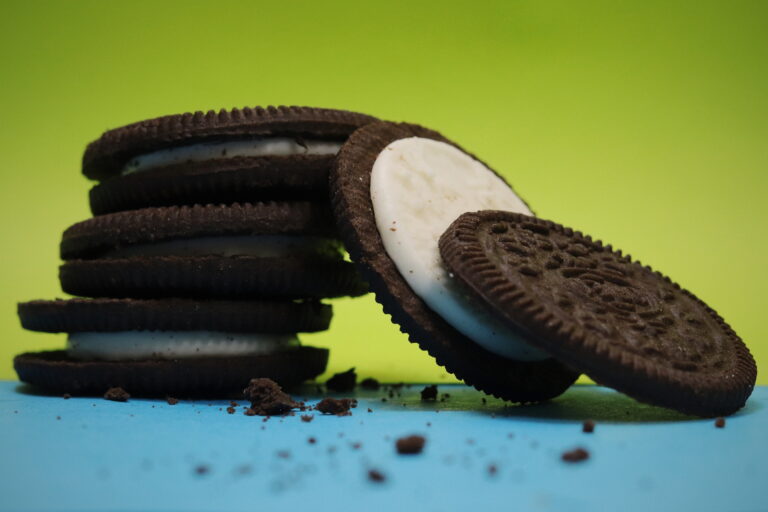A theory is what one or more hypotheses become once they have been verified and accepted to be true. A theory is an explanation of a set of related observations or events based upon proven hypotheses and verified multiple times by detached groups of researchers. Unfortunately, even some scientists often use the term “theory” in a more colloquial sense, when they really mean to say “hypothesis.” That makes its true meaning in science even more confusing to the general public.
In general, both a scientific theory and a scientific law are accepted to be true by the scientific community as a whole. Both are used to make predictions of events. Both are used to advance technology.
In fact, some laws, such as the law of gravity, can also be theories when taken more generally. The law of gravity is expressed as a single mathematical expression and is presumed to be true all over the universe and all through time. Without such an assumption, we can do no science based on gravity’s effects. But from the law, we derived the theory of gravity which describes how gravity works, what causes it, and how it behaves. We also use that to develop another theory, Einstein’s General Theory of Relativity, in which gravity plays a crucial role. The basic law is intact, but the theory expands it to include various and complex situations involving space and time.
The biggest difference between a law and a theory is that a theory is much more complex and dynamic. A law describes a single action, whereas a theory explains an entire group of related phenomena. And, whereas a law is a postulate that forms the foundation of the scientific method, a theory is the end result of that same process.
A simple analogy can be made using a slingshot and an automobile.
A scientific law is like a slingshot. A slingshot has but one moving part–the rubber band. If you put a rock in it and draw it back, the rock will fly out at a predictable speed, depending upon the distance the band is drawn back.
An automobile has many moving parts, all working in unison to perform the chore of transporting someone from one point to another point. An automobile is a complex piece of machinery. Sometimes, improvements are made to one or more component parts. A new set of spark plugs that are composed of a better alloy that can withstand heat better, for example, might replace the existing set. But the function of the automobile as a whole remains unchanged.
A theory is like the automobile. Components of it can be changed or improved upon, without changing the overall truth of the theory as a whole.
Some scientific theories include the theory of evolution, the theory of relativity, the atomic theory, and the quantum theory. All of these theories are well documented and proved beyond reasonable doubt. Yet scientists continue to tinker with the component hypotheses of each theory in an attempt to make them more elegant and concise, or to make them more all-encompassing. Theories can be tweaked, but they are seldom, if ever, entirely replaced.
A theory is developed only through the scientific method, meaning it is the final result of a series of rigorous processes. Note that theories do not become laws. Scientific laws must exist prior to the start of using the scientific method because, as stated earlier, laws are the foundation for all science. Here is an oversimplified example of the development of a scientific theory:























